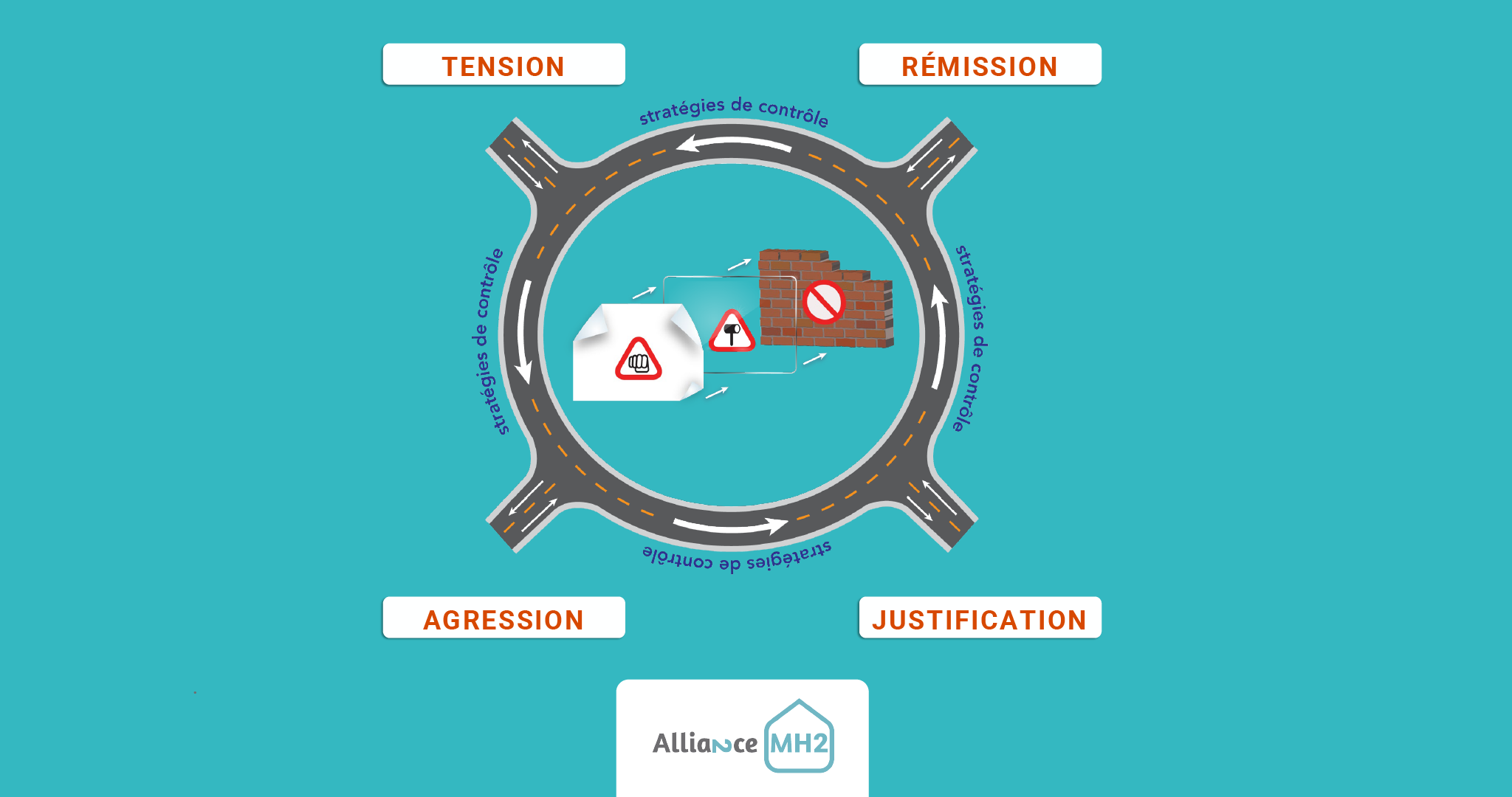How to recognise it?
Your former partner:
- tries to communicate with you in more ways than one;
- changes or increases his or her control strategies;
- threatens to hurt you, kill you, attack your children, etc.;
- searches for you by questioning those around you;
- posts derogatory remarks about you on social networks;
- regularly loiters near your home;
- breaks into your home without your permission;
- does not respect the child custody agreement;
- uses the children to send you messages;
- threatens to take custody of your children away from you;
- uses derogatory language when the children move from one parent to the other; or
- makes you feel guilty about your role as a mother.



